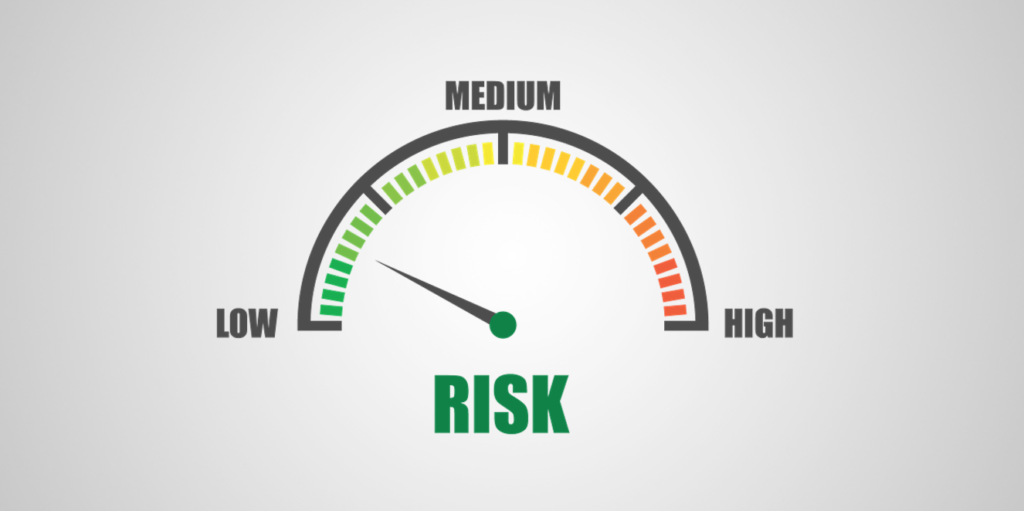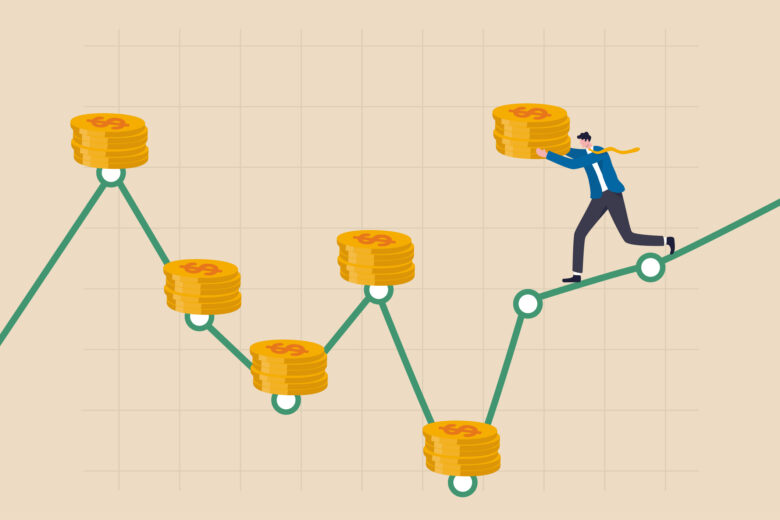The contemporary financial landscape is characterized by uncertainty. Geopolitical tensions, unpredictable stock market swings, and even unexpected global events like pandemics have made traditional investment avenues less attractive. Amidst this chaos, Gold IRAs have emerged as a beacon of hope, offering stability and potential for growth. With two decades of observing, analyzing, and writing about financial instruments, I’m convinced that Gold IRAs hold significant merit for modern investors. Here’s why:
Contents
Gold: The Historical Safe Haven
Gold has always been perceived as a store of value. Its scarcity, wide acceptance, and its detachment from volatile governmental decisions make it a sought-after asset. Unlike paper currencies or even stock markets that rely heavily on economic health and governmental decisions, gold tends to remain steady or even increase in value during turbulent times.

Source: duesouth.media
Diversification: A Key to Financial Stability
Every astute investor knows that the secret to a robust portfolio is diversification. It’s the age-old strategy of not putting all your eggs in one basket. Stocks, bonds, and real estate are common investment avenues. But when these traditional avenues face decline or stagnation, gold often performs oppositely. A Gold IRA, thus, provides the much-needed balance, potentially safeguarding one’s retirement funds against economic downturns.
Diversification is a fundamental principle in the world of finance and investment. Often heralded as the one free lunch in investing, diversification is about spreading risk across different kinds of investments to potentially improve returns and reduce the risks of loss. At its core, diversification promotes financial stability by ensuring that an investor’s assets are not tied to a single asset’s performance. Let’s dive deeper into understanding this critical concept.
The Underlying Principle
Think of diversification as not putting all your eggs in one basket. If you were to drop that one basket, all the eggs would break. However, if you spread your eggs across several baskets and one falls, you’d still have other baskets with intact eggs. This analogy mirrors the concept of diversification in the world of finance. By spreading investments across different assets or asset classes, investors can mitigate potential losses.

Source: cyberhoot.com
Benefits of Diversification
- Risk Reduction: The most significant advantage of diversification is risk mitigation. All investments come with some level of risk. However, by diversifying, one can counterbalance potential losses in one asset with gains in another.
- Potential for Higher Returns: Diversification allows investors to position themselves in various sectors or asset classes, some of which might outperform others. While some assets might be declining, others could be on an upward trend, balancing out the overall portfolio’s performance.
- Protection Against Volatility: Financial markets can be unpredictable, with assets experiencing short-term volatility. Diversification, especially across uncorrelated assets, can smooth out the overall portfolio’s returns.
- Flexibility in Changing Markets: As markets evolve, sectors or asset classes that once were star performers might underperform. A diversified portfolio can adjust more easily to such changes, reallocating assets as needed.
How to Diversify
- Across Asset Classes: The primary method is to spread investments across different asset classes such as stocks, bonds, real estate, and commodities like gold. These assets often perform differently under varying economic conditions.
- Within Asset Classes: Even within a particular asset class, diversification is essential. For instance, rather than investing in a single stock, one might spread investments across different sectors like technology, healthcare, or utilities.
- Geographical Diversification: Global diversification can help investors capitalize on opportunities in different economies. While one country’s economy might be slowing down, another could be booming.
- Diversification Through Time: Regularly investing a fixed amount, known as dollar-cost averaging, allows investors to buy more of an asset when prices are low and less when prices are high, inherently diversifying across time.

Source: coindesk.com
Limitations
While diversification has many merits, it’s not a guarantee against loss. In global economic downturns, almost all assets might experience declines. Moreover, over-diversification can also dilute potential gains. Hence, it’s crucial to strike a balance.
Inflation Hedge
With central banks around the world printing money as a response to economic challenges, the specter of inflation looms large. Historically, gold prices have shown to rise with increasing inflation. Therefore, having gold as part of your retirement plan can act as a hedge against the diminishing purchasing power of paper currencies.
Tax Benefits
Gold IRAs come with certain tax benefits, making them even more appealing. Contributions often qualify for tax deductions, growth within the IRA is tax-deferred, and many investors find themselves in a lower tax bracket upon retirement, leading to potential savings when taking distributions.

Source: dallasnews.com
An Established Industry
The gold investment industry isn’t a new player. Reputable companies have solidified their positions, offering stellar services to those interested in gold IRAs. One such notable name in the gold IRA sector is Augusta Precious Metals. They have been at the forefront, providing investors with not just gold but a range of precious metals to consider for their IRAs. With their transparent business practices, knowledgeable staff, and dedicated focus on educating their clients, they stand out in the crowded marketplace. (This blurb on Augusta Precious Metals can be strategically placed in the middle of your blog post to ensure smooth reading flow while providing the necessary information.)
Potential for Growth
While gold is primarily viewed as a protective asset, it’s important to note that it also has a growth aspect. Historical trends have shown significant spikes in gold prices during certain periods, leading to potential profits for its holders.

Source: goldirareview.io
Final Thoughts
A volatile economic landscape demands strategies that offer both protection and growth. Gold IRAs fit this bill perfectly. While they should not replace traditional investment vehicles, they should complement them, forming a part of a diversified, balanced, and robust retirement portfolio. Investing in a Gold IRA is not just about purchasing gold; it’s about buying peace of mind for your retirement years.
Remember, like all investments, it’s essential to do your research and consult with professionals. Choose established players in the market like Augusta Precious Metals to guide you in this golden journey. Your retirement deserves the Midas touch!
